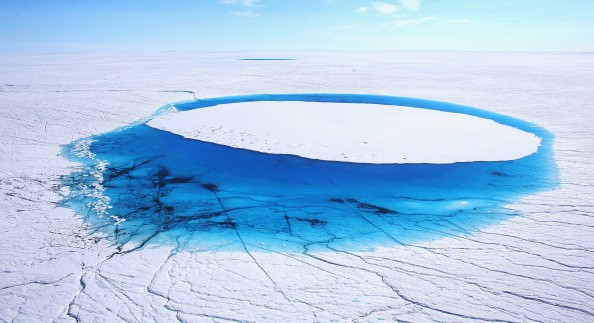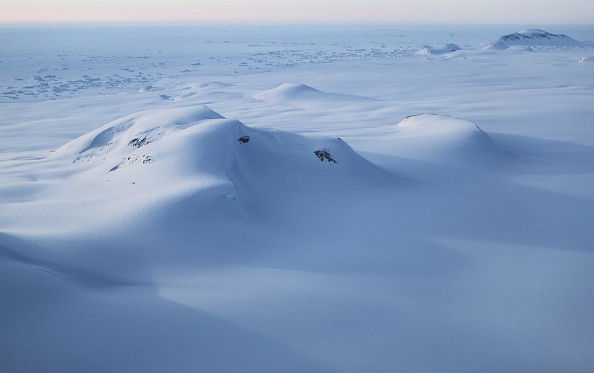The summit of Greenland's ice sheet has just experienced rainfall for the first time in recorded history, in yet another disturbing milestone in our ecological unravelling.
Like most parts of the Northern Hemisphere, Greenland has been experiencing an intense heatwave with temperatures at the summit of the glacier increasing above freezing for the third time in at least a decade.
On the 14th of August 2021, the National Snow and Ice Data Center's (NSIDC) Summit Station recorded some hours of rain at an area usually far too cold for water to reach down as a liquid.

Taking note of the amount of ice lost in a day was seven times greater than every day's average for this time of the year, NSIDC reported that there is no past report of rainfall in this region, which gets to 10,551 feet (3,216 meters) in elevation.
University of Colorado Boulder glaciologist whose name is Ted Scambos told the Washington Post that "Greenland, like the rest of the world, is changing. We now see three melting events in a decade in Greenland - and before 1990, that happened about once every 150 years. And now rainfall: in an area where rain never fell. As the heat wave in the [US Pacific] northwest, it's something that's hard to imagine without the influence of global climate change."
Also Read : Massive Ice Melt in Greenland in Single Day is Enough to Cover Florida With 2 Inches of Water
Ice Sheet
Ice sheets develop in regions of our planet that hardly experience thaw over the summer. Over thousands of years, winter snow accumulates squeezing beneath the weight of new layers.
Just warm air temperatures have caused former recent melts here, creating developing networks of summer lakes that can hasten melting and causes the ice sheets to destabilize.
The rain doesn't just melt snow alone that contributes to increasing melting events, it also has the extra ability to mess with long-lasting ice sheet dynamics, too. Rain exposes and becomes frozen into a layer of darker ice and therefore absorbs more heat than the typical packed-snow ice of the glacier which is white.

Collapse of the Enormous Sheet
When it's already frozen, it will also develop a fine barrier that prevents meltwater from leaking down below the surface. This can then inundate the surface of the ice sheet, bringing about even more melting at a greater elevation than runoff normally impacts.
NASA glaciologist named Lauren Andrews said, during melt events, these processes can happen over portions of the ice sheet that do not experience melt normally, making the impact more extensive. These types of positive feedbacks are beginning to take their toll.
The Greenland Ice Sheet carries enough freshwater to bring about the rising of sea levels to 6 meters (20 feet) and has a great impact on weather and climate. Surpassing 2 degrees Celsius of warming will prompt the collapse of this enormous ice sheet, the recent IPCC report warned. This is one of the chief tipping points researchers are very worried about.
Related Article : Rainy Weather on the Greenland Ice -- Triggering Sudden Melting Events
For more news, updates about rainfall and similar topics don't forget to follow Nature World News!
© 2025 NatureWorldNews.com All rights reserved. Do not reproduce without permission.

